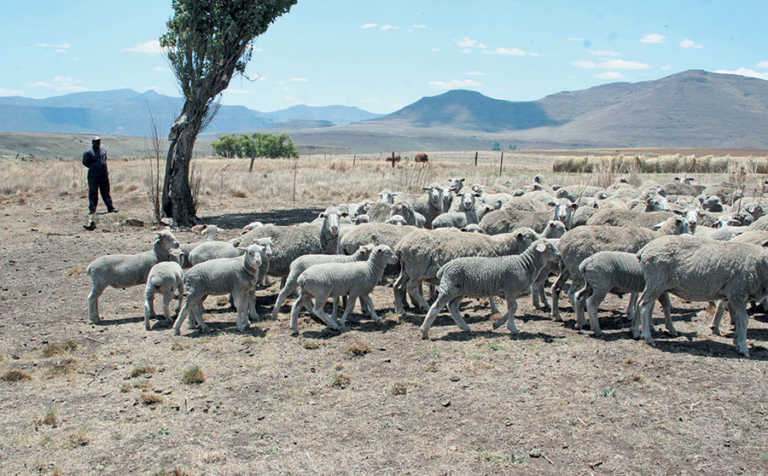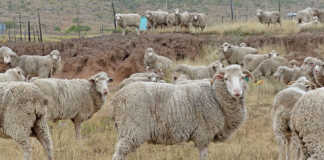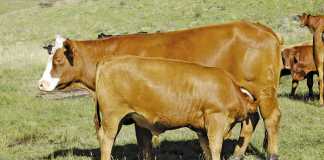
Photo: FW Archive
By understanding how sheep recognise each other, a farmer can boost profits by strengthening the bond between ewes and their lambs.
Graeme Martin, head of the University of Western Australia’s School for Animal Biology, says its “cheap, easy and profitable” to adjust farming practices to cater to this natural process.
Smell is the primary mechanism that sheep use to recognise their young, and their olfactory memory is extremely well-developed.
Ewes identify their lambs through an odour that is produced within the placenta, and contained in the amniotic fluid in which the newborn is drenched.
This odour is highly attractive to ewes, but only for the first two hours after birth. Within this time frame ewes memorise their offspring’s scent and can thus identify which lambs they allow to drink from their udders.
Concurrently, lambs imprint on their mothers when they drink colostrum. Their stomachs fill with milk and stretch and this bodily sensation, intensified by the warmth of the udder, is stored in the lamb’s memory.
A newborn lamb that doesn’t receive colostrum within 18 hours of birth has only a 50:50 chance of survival.
The colostrum, along with the chemicals released from the ewe’s teat, become associated with the mother’s smell and the lamb remembers that particular ewe as the one which provides food.
Ewes that don’t develop this bond abandon their lambs, decreasing their chance of survival and thus the farmer’s profitability.
In contrast, if ewes are given ample water, feed, and shelter while being left undisturbed with their young, particularly in the first two hours after birth, the two will develop a stronger bond, which is vital for their health.
This gives lambs the best chance of survival.
And who are ewe?
According to researcher Graeme Martin, sheep recognise other adults visually. They can memorise the faces of up to 50 sheep and recognise them two years later.
This not only helps them distinguish between flocks, but lets them learn which sheep in their own flock are friendly or aggressive and position themselves within their flock’s dominance hierarchy.












